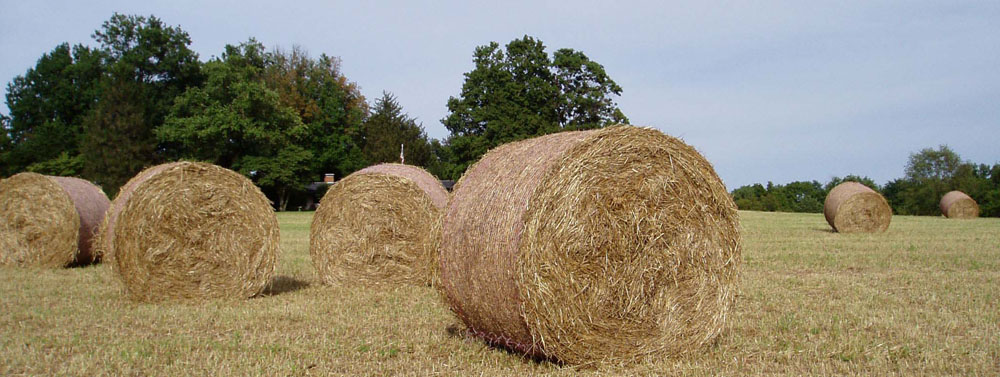US Farmer Age is Inversely Related to Value of Production
Since the 2022 Census of Agriculture was released in February 2024, there has been extensive discussion about the aging of farmers and producers. It is true. With each successive Census – every 5 years – the average age of farmers gets higher. Some have inferred that this might be a threat to the continuance of the abundance of agricultural products and services we enjoy. This is a good thing to explore.
However, the 1.9 million farms with 3.5 million producers in the 2022 Census of Agriculture are not homogeneous. They are more different than similar in many ways. The answers that are available from this rich dataset depend on the way the question is asked.
When the 2022 US farm producer data is sorted by value of production, the bulk of value is provided by the youngest producers in the data. Farms that sell over $100,000 of products and services include 22 percent of US producers. If a farm grows 125 acres of corn and yields 200 bushels per acre that sells for the current low price of $4 per bushel, that will have a value of $100,000. Even though $100,000 is still a lot of money, it is not a very large farm in 2025. These gross receipts are fun, but these days it costs nearly the same amount to put a crop in as farmers get as they sell it. This is not easy money.
Farms that grow at least $100,000 of value of production account for 96 percent of farm value of production in 2022. These farms (the four categories to the left in this chart) had an average age of 56 years old, two years younger than the average age of all producers.
Producers that generated over $1,000,000 in sales (1,200 acres of corn), accounted for only 7 percent of producers and had an average age of 55 years. This simplistic example does not reflect economies of scale.
- $1,000,000 in sales = 1250 acres x 200 bushels/acre x $4/bushel
- $100,000 in sales = 125 acres x 200 bushels/acre x $4/bushel
- $10,000 in sales = 12.5 acres x 200 bushels/acre x $4/bushel
- $1,000 in sales = 1.25 acres x 200 bushels/acre x $4/bushel
The USDA benchmark for entry into the Census of Agriculture to be counted is $1,000 in value of production. Farms that produce between $1,000 and $100,000 of value account for over half of the US producers in 2022. Their average age is nearly the same as the US average age, 57.8 years. This makes some intuitive sense as they are the central portion of the sample. But using the same corn example, 1.25 acres of corn will yield $1,000 of value.
Perhaps the most compelling section is the last category; farms producing under $1,000 of value. When the benchmark is $1,000, how are farms that produce less than that in the count? The USDA definition is $1,000 or the potential to produce that much. This definition was set in 1974, and farming doesn’t always go as planned. If a crop was lost during the year before the Census was taken and production was below the limit, it made sense to count those farms that would normally have produced a crop. This is still the case. There is a benefit to overcount rather than undercounting.
This right-most category contains 26 percent of 2022 producers. Their average age is 60.5 years. Since these farms are barely producing, they do not account for much total value of production. But this category includes many retired farmers. Even without producing significant value, these farms still account for 11 percent of the land acres and just under 10 percent of the value of land and machinery assets (not in the chart). It would be more distorting of the farm economy if these producers were not included.
But as far as the stability of the farming sector regarding age, the largest commercial producers with over $1,000,000 in value, account for nearly 80 percent of farm production value and have an average age of 55 years old. This is an ideal age for a working professional.



Comments
US Farmer Age is Inversely Related to Value of Production — No Comments
HTML tags allowed in your comment: <a href="" title=""> <abbr title=""> <acronym title=""> <b> <blockquote cite=""> <cite> <code> <del datetime=""> <em> <i> <q cite=""> <s> <strike> <strong>